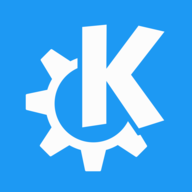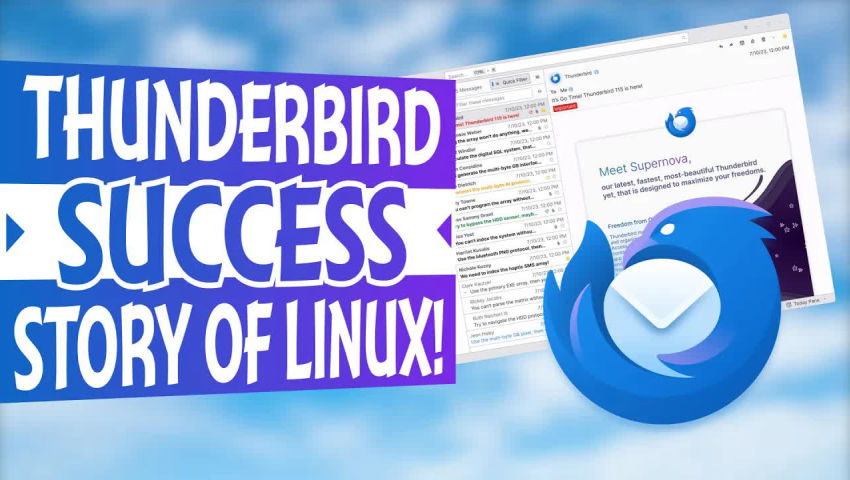I can’t find KDE’s financial report, but in a video I watched it was claimed that Thunderbird collected more donations than KDE. It seems quite hard to believe, but in 2022 Thunderbird collected more than 6,4 million dollars.
KDE is an entire desktop environment, with a bunch of applications and even partnerships that have yielded a KDE laptop. Should Thunderbird have been able to collect more money than KDE itself, there might be something that KDE can learn from Thunderbird.
Edit: Added the link to the video that I watched



It is difficult to get hard figures about these things, as KDE software is downloaded from many different sources, many of which don’t track details because of privacy concerns (we don’t track personal data of any kind either, by the way).
But we can infer indirectly what the most used (and probably most downloaded) package is and that would be GCompris by a very long way. We know this because
we have the confirmation from the educational department of one of the most populated provinces in India (specifically Kerala) where GCompris used daily by approximately 4 million pupils. We also know it is used extensively in other areas of India.
it is the software that pops up organically more often on non-FOSS social media platforms where teachers hang out (for example, Instagram). Through these interactions, we know it is used extensively in schools and by parents in most of the world.
Second in the list would be Krita, again by inferring from several sources, like the number of downloads from the Microsoft Store (most s Krita users are on Windows), Google Play Store, and familiarity with the software in design-themed social media groups.
Most people who use these apps are not aware that KDE exists and are not familiar with the concept of Open Source. For them it is just some software they found or was recommended that happens to be free.
Plasma is not at the top of the list, but usage is probably in the millions thanks to things like the Steam Deck and large installation in public institutions (including throughout NASA, CERN and again the computer labs of many schools).
But, then again, it makes sense that determined apps be used more than the desktop environment: installing and using an app for a specific purpose (to play educational activities or paint a pictures, for example) is much, much easier and familiar as a task for end users than installing a whole new OS and desktop environment on top.
This also explains the success of Thunderbird.